Highlights:
- New research identifies and categorizes the causes of the reality gap in robotics.
- Techniques such as domain randomization and sim-real co-training have shown success in sim-to-real transfer.
- The study provides best practices for improving robotic learning models before deployment.
- Robotics experts from leading institutions collaborate on a comprehensive survey accepted for publication in 2026.
TLDR:
A team of robotics researchers led by Elie Aljalbout and co-authors presents a deep dive into the ‘reality gap’—the discrepancy between simulated and real-world robotic performance—outlining cutting-edge solutions like domain randomization, real-to-sim transfer, and sim-real co-training to improve real-world results.
The newly released research paper titled *‘The Reality Gap in Robotics: Challenges, Solutions, and Best Practices’* by Elie Aljalbout, Jiaxu Xing, Angel Romero, Iretiayo Akinola, Caelan Reed Garrett, Eric Heiden, Abhishek Gupta, Tucker Hermans, Yashraj Narang, Dieter Fox, Davide Scaramuzza, and Fabio Ramos offers a comprehensive examination of one of the most persistent challenges in modern robotics: the disconnect between simulated results and actual robot performance. Published on arXiv and accepted for inclusion in the *Annual Review of Control, Robotics, and Autonomous Systems 2026*, the study emphasizes the necessity of reconciling machine learning models trained in virtual environments with reality’s unpredictable nuances.
In robotics development, simulations serve as a low-cost and safe environment for training algorithms in navigation, locomotion, and manipulation. However, these virtual approximations can often fail to capture subtle real-world physics, noise, and dynamics—collectively described as the ‘reality gap.’ This discrepancy frequently causes trained robots to perform poorly once deployed outside of simulation. The team’s detailed survey investigates both the underlying causes of the reality gap and recent advances designed to mitigate it. Their findings reveal how innovations in ‘sim-to-real transfer’—the process of transferring knowledge gained in simulation to real-world systems—are helping machines better adapt to real environments.
Technically, the authors explore several methodologies proving effective in bridging this gap. Strategies like *domain randomization* diversify simulated training data with varying textures, lighting, and physical parameters, teaching models to generalize beyond idealized simulations. *Real-to-sim transfer* methods enhance simulators using data captured from real-world experiments, improving model accuracy. They also discuss *state and action abstractions*, simplifying robot control spaces to eliminate noise, and *sim-real co-training*, which combines virtual and real-world data to refine learning. Collectively, these solutions represent a foundational step toward more reliable autonomous systems. The paper concludes by suggesting best practices and evaluation metrics for measuring sim-to-real success, marking an essential reference for researchers and developers working at the intersection of AI and robotics.
Ultimately, this study underscores a crucial message: closing the reality gap is vital for the next generation of robots that must safely and effectively operate in human environments. As simulations continue to accelerate advances in AI-driven control, grounding these systems in real-world physics will determine how quickly robotics can transition from laboratory prototypes to robust, intelligent field machines.
Source:
Source:
Aljalbout, E., Xing, J., Romero, A., Akinola, I., Garrett, C.R., Heiden, E., Gupta, A., Hermans, T., Narang, Y., Fox, D., Scaramuzza, D., & Ramos, F. (2025). *The Reality Gap in Robotics: Challenges, Solutions, and Best Practices*. arXiv:2510.20808 [cs.RO]. DOI: https://doi.org/10.48550/arXiv.2510.20808
